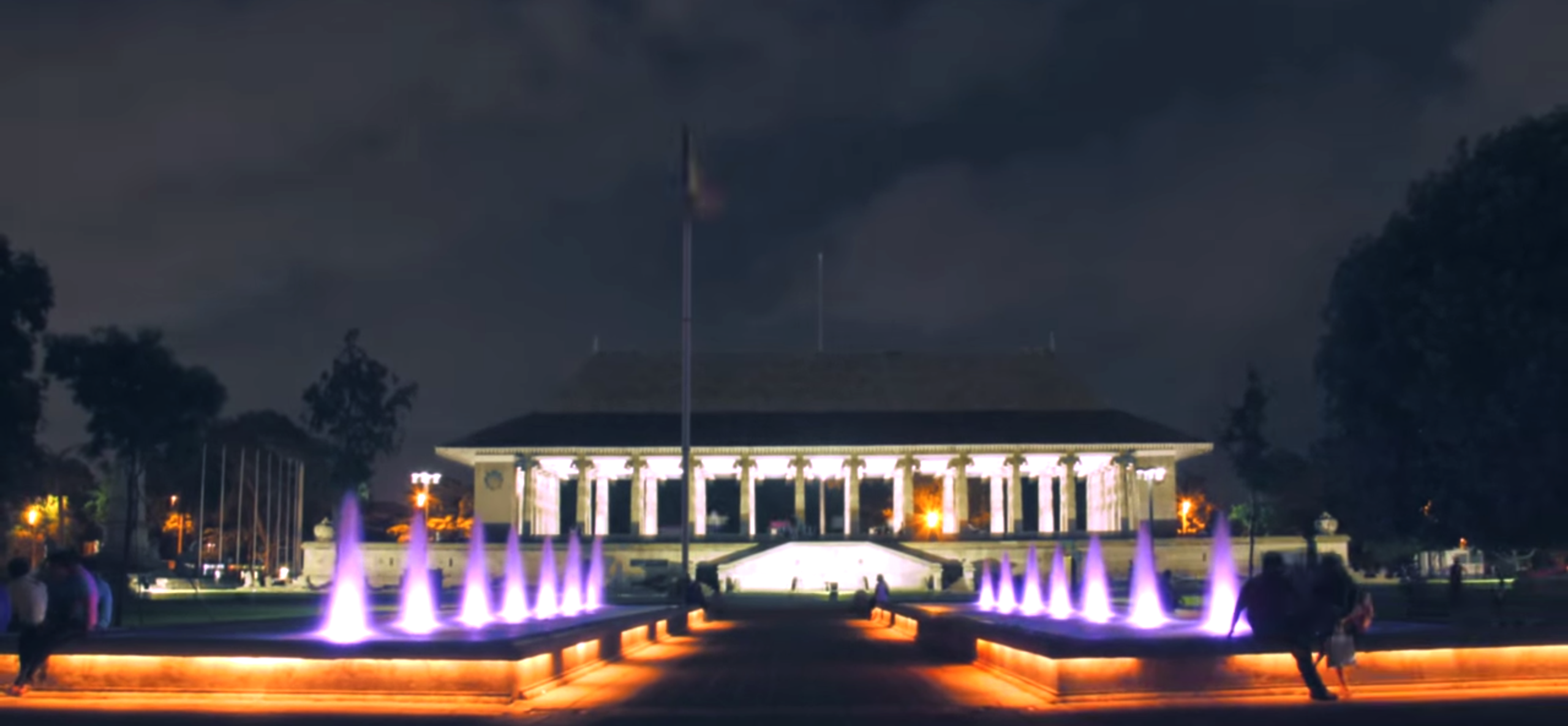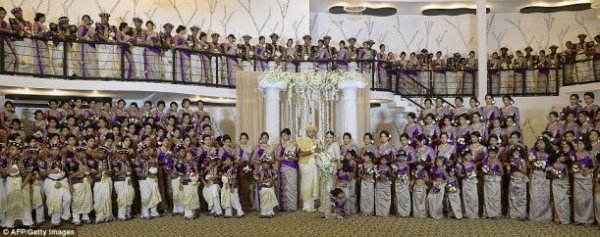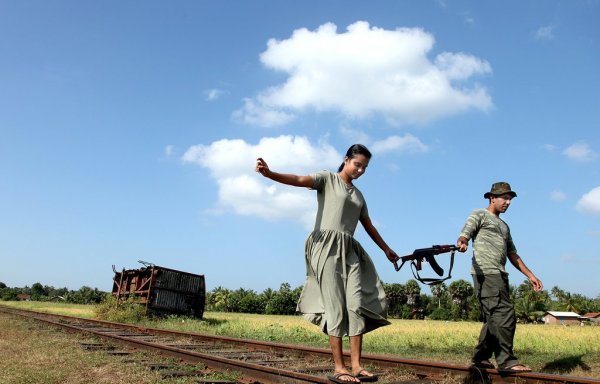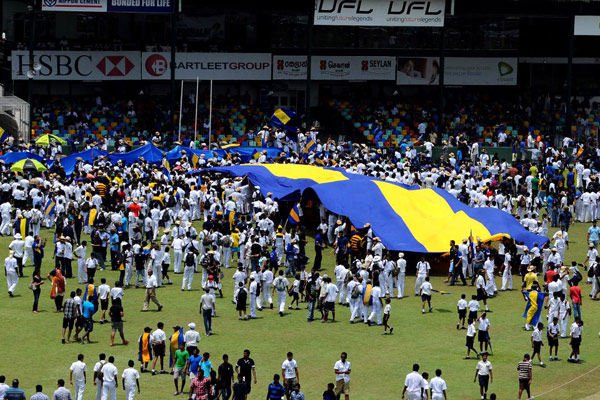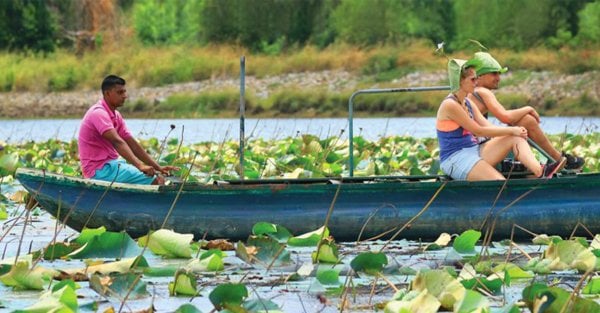
When Neil Armstrong first set foot on the moon in 1969, 65-year-old Lalith Salgado—like thousands of people around the globe—followed the historic moment on radio. “I vividly remember the moon landing being relayed live, and being glued to the radio while it was happening,” he smiles. “We were doing our Ordinary Level exams at the time, and we keenly followed the entire Apollo program.”
These days, all it takes is a few seconds and the swipe of a screen for us to learn of Trump’s latest Twitter faux pas or Nike’s controversial new campaign. But before the sweep of the Internet, it was the radio that occupied a pivotal global place in people’s homes as a source of news and entertainment. What is Sri Lanka’s place in the story of the radio? And what place did radio hold in the hearts of Sri Lankans? We took a trip back in time to recreate the era when music, bulletins and beloved voices travelled the air waves into homes and offices.
The Beginning

In 1923, just three years after Britain made waves with its first live public radio broadcast, Sri Lanka saw the birth of its own radio story.
The country’s broadcasting history dates back to nearly a century ago, when engineers from the Telegraph Department broadcast gramophone music as an experiment using—according to certain unproven, romantic theories—equipment from a wrecked German submarine. Two years later, in 1925, Colombo Radio was established, becoming the oldest radio station in Asia. At the helm of the project was Sri Lanka’s Father of Broadcasting, Edward Harper, chief engineer of Ceylon’s Telegraph Department in the 1920s. Colombo Radio would go on to have several transitions, becoming Radio Ceylon in 1949, Ceylon Broadcasting Corporation in 1967 and SLBC (Sri Lanka Broadcasting Corporation) in 1972.
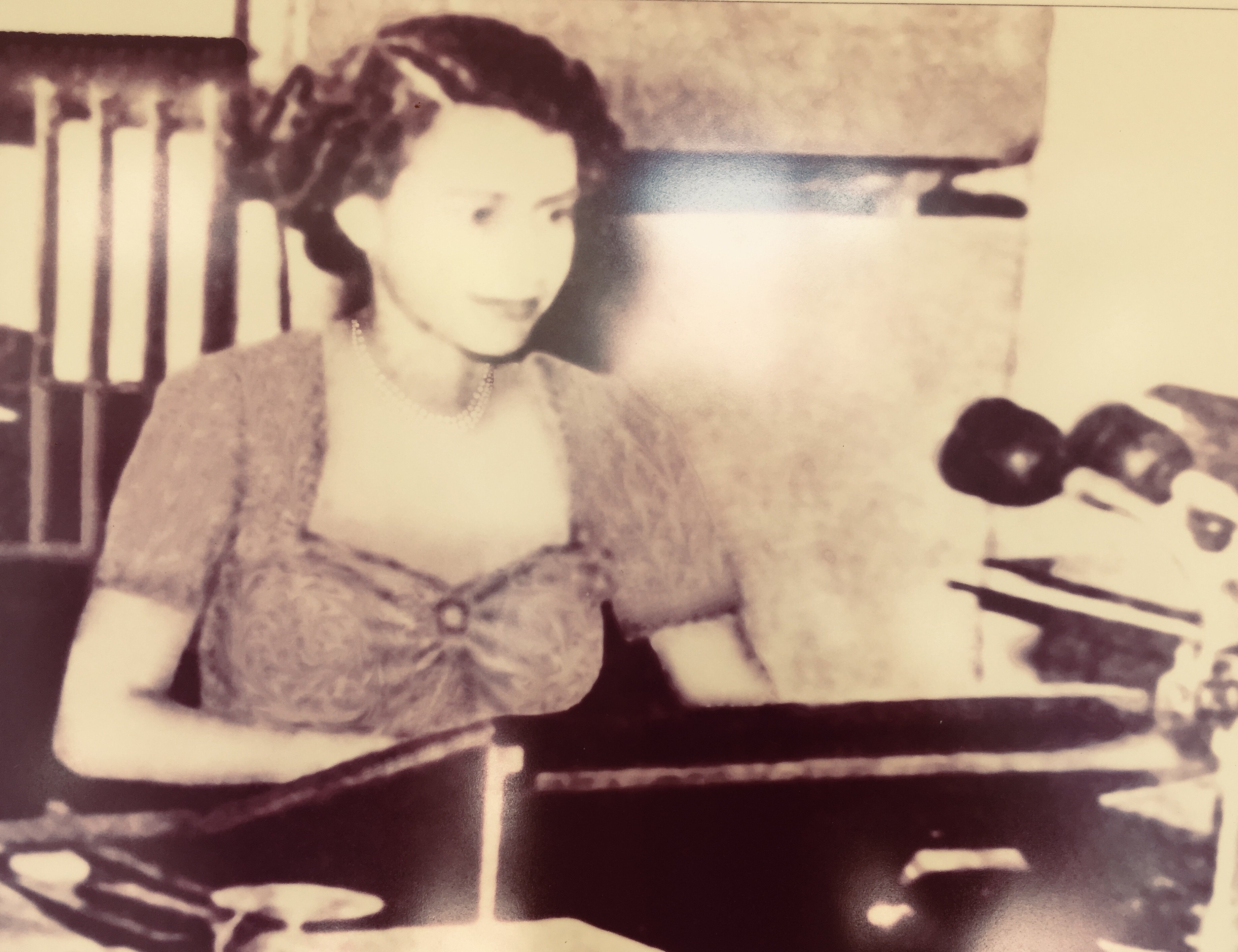
Given its strategic location, broadcasting in Ceylon also played a vital role in communication in South Asia during the World War II. Victor Goonethilleke, 70, who has been working in the radio industry as a technical monitor and international broadcaster for more than 40 years, tells us a bit about SEAC (South East Asia Command), a war time radio station which broadcast music, news, and important updates to troops all over Asia, from its base in Ceylon.
“When the war was over, and the troops were leaving the island, the British handed over the facility to the Ceylon government,” explains Goonethilleke, who continues to works for the SLBC on a voluntary basis. “When Radio Ceylon got this equipment, they decided to go for an external service, which could be heard in locations outside the island. After 1951, people all over Asia, Europe and even Australia could tune in to our local radio station.”
When Radio Ceylon Ruled South Asia’s Airwaves

The SLBC has long lost its crown as the locus of Asia’s airwaves, but many people we spoke to recalled a time when homes overseas were filled with voices that had travelled from here. Goonethilleke, who has worked in nearly two dozen radio stations including SLBC, BBC and Voice of America, tells us that Radio Ceylon was especially popular in India. “There was a time when SLBC used to receive about five to ten bags of mail every day,” he says. “They would all be filled with postcards bearing music requests from abroad. ”
Sivaramaprasad Kappagantu is an Indian based in Hyderabad. He has never visited Sri Lanka, but some of his fondest memories of the radio involve Radio Ceylon. “My first experience with Radio Ceylon was when I heard it from the neighbour’s house,” he recalls. “I could hear him listening to instrumental music and I liked it.” Just about 12 in the early 1970s, Kappagantu used a long antenna and his radio—a Phillips 4-band original—to painstakingly search for the station. “My taste in Western music and English songs was cultivated because of the SLBC,” he says.
On Ranjit Seneviratne’s wall is a framed collage of old articles and sepia photographs featuring four young men in bow ties and coats, singing into a microphone. “This was a band I formed with four of my friends,” he says, smiling. “We performed on air on Radio Ceylon in the ‘50s and even got an encore!” Seneviratne is 83 years old, and his first memories of radio date back to the ‘40s, when he would fiddle with the family’s crystal set, headphones over his ears, trying to get a signal. Back then, he explains, they could not afford a proper radio, so they had to make do with the simple radio receiver. “I was later involved in a Christian radio programme called Christian Half Hour,” he says. “There was a time when we were flooded with mail from outside the country, filled with requests to have a service at the end of the programme. We had many listeners from overseas.”
The Golden Age Of Radio
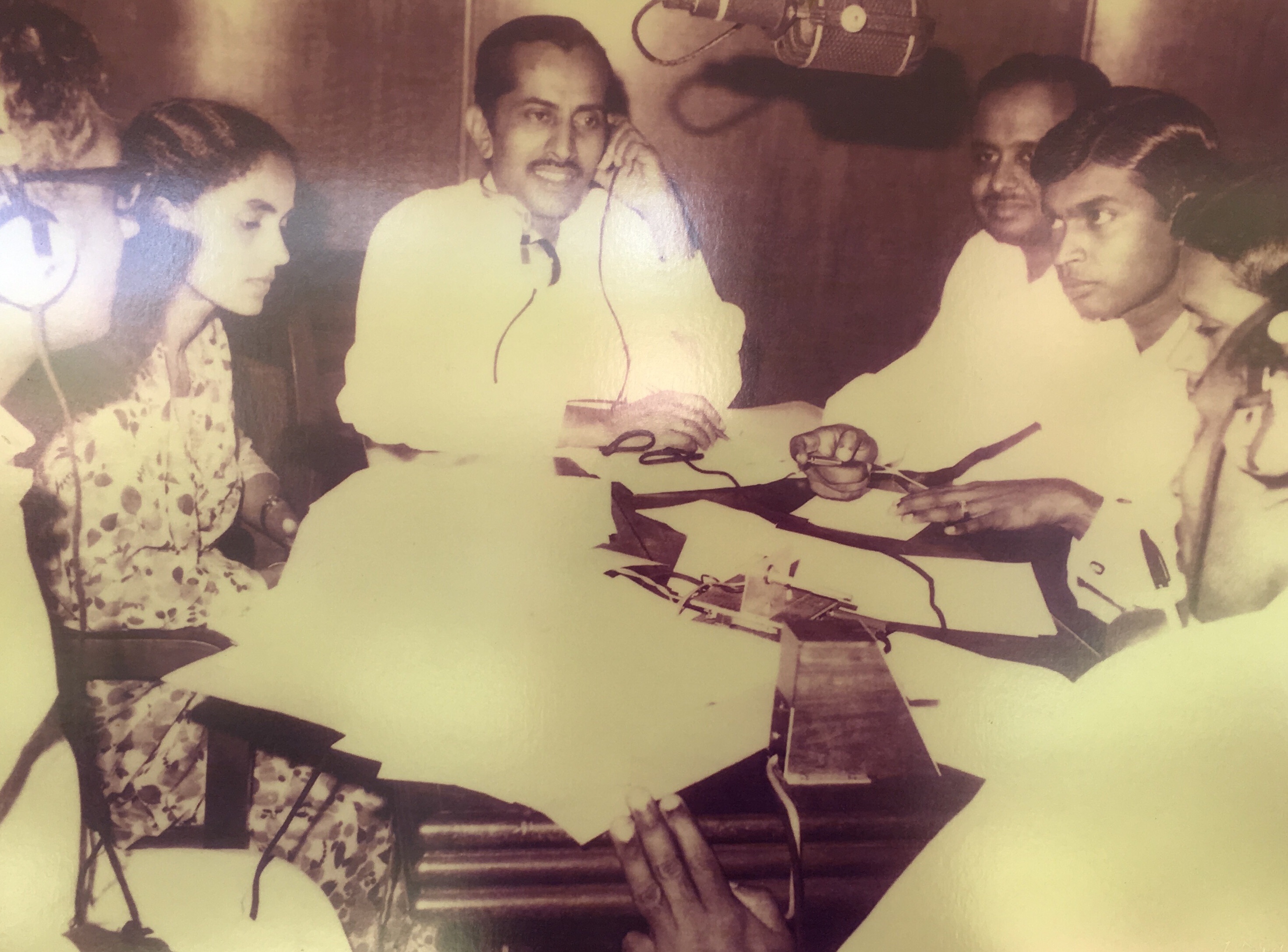
The television only came to Sri Lanka in 1979, and even then, not everyone had the privilege or the financial means of acquiring one. While newspapers helped people to keep in touch with current affairs, the radio was the quicker, more entertaining and convenient way of connecting. Goonethilleke, for instance, who is an amateur Ham radio operator and avid radio listener, tells us that radio is, and has always been, his life. “Before the television came to Sri Lanka, the radio was the only link to the world outside home,” he tells us. He remembers a time when his entire family would gather in the living room to listen to programmes like SLBC’s ‘Sunday Choice’, a music request show. “It was nice to hear the names of people we knew on air,” he says. Then, unlike now, requests and dedications were sent via postcards, which probably made hearing your name on air all the more thrilling.
“Sometimes, we would turn up the volume so that everyone could hear [the radio] from all parts of the house, and listen while working,” says Goonethilleke. “The radio gave us everything – news bulletins, music, even the obituaries.”
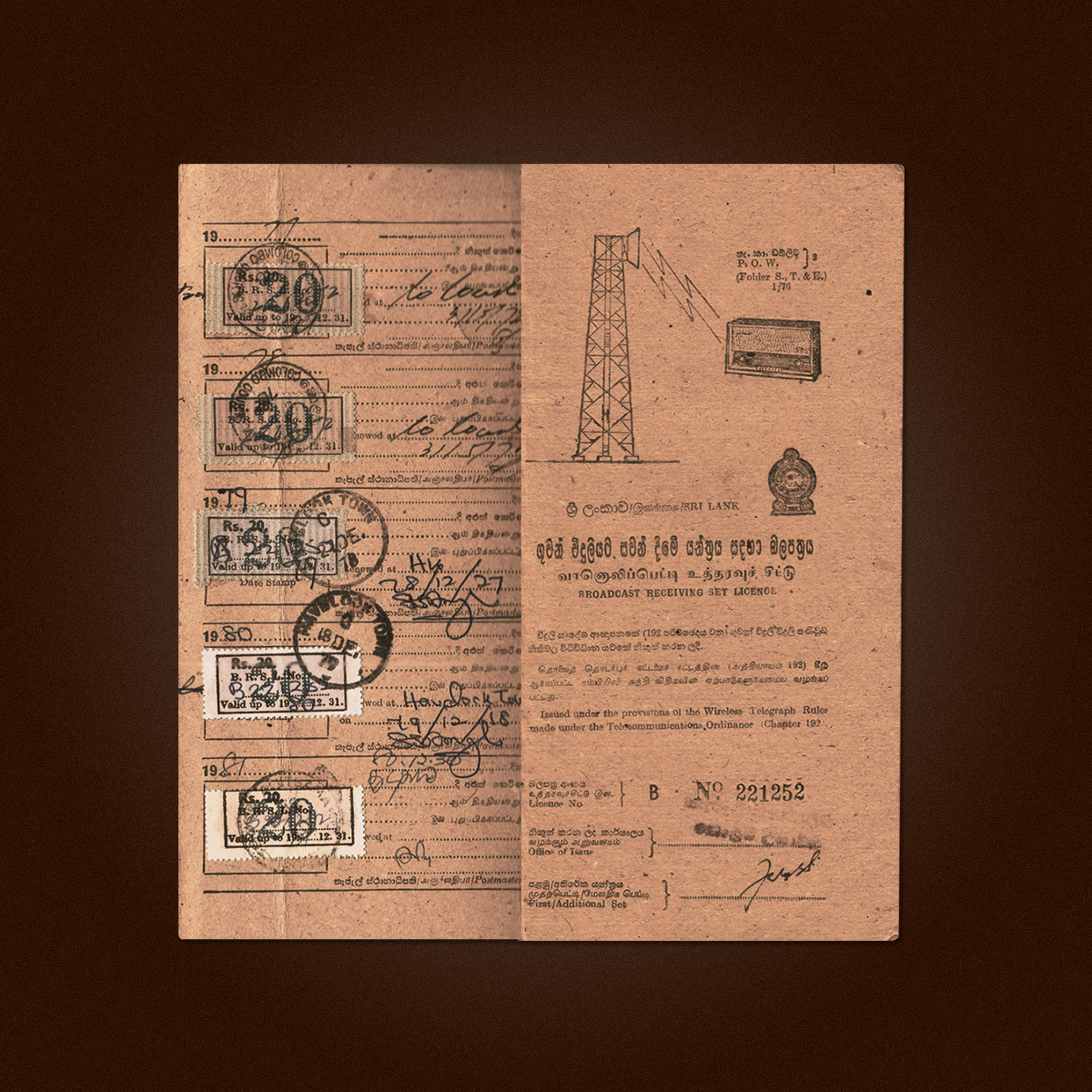
Unlike the present times, owning a radio in the 20th Century was not that simple. You had to register with the municipalities and obtain a licence, and fines were imposed if you were discovered without one. By 1940, 10,000 licences had been issued across the island. Just nine years later, the number had jumped to 27,000.
“In the ‘60s and ‘70s, we owned a Norde Mende Elektra model valve type radio,” shares Salgado. “I remember the Radio Licence Scheme was a real headache because we had to stand in long queues to make the payment!” In those days, Salgado reminisces, cars and buses were not fitted with radios, so people had to stay at home to catch the news.
Beloved Voices And Programmes Of Yesteryear
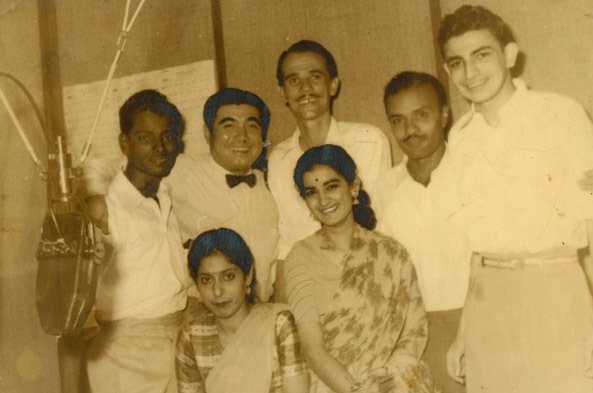
Fazli Sameer, 70, remembers nearly every radio programme that used to air on SLBC, including their timings. “There was never a dull moment!” he tells us, rattling off a list, from children’s shows and advertisements to musical requests and radio plays. “People actually used to plan their days around the radio programmes. Everyone used to listen to Radio Ceylon and discuss it when they met.”
During the heyday of radio, Sri Lanka produced many great radio programmes, which won the hearts of people. Popular radio play Muwanpalassa, for instance, holds the crown for the longest running audio drama in the country. Housewife’s Choice, a request show which aired from two to three every afternoon, appears to be have also been much loved – and not just among housewives.
The All Asia Service, which was in Hindi and English, was a household favourite in India, while many listeners fondly remember the classic rendition of Happy Birthday playing in The Young Ones children show that aired every evening. The Radio Crossword offered prize money to its winners, and had clues connected to music and pop culture. People also depended heavily on the radio to keep track of sports. Keshini Ratnasinghe, for instance, remembers her whole family crowded around the radio during the first cricket World Cup, ears glued to the voice of popular sports presenter Tommy Pereira.
The SLBC had a national service, which was broadcast in all three languages, as well as a commercial service which was founded by Australian broadcast expert, Clifford Dodd. Dodd went on to handpick and train some of the best radio voices of the time, including Vernon Corea, Christopher Greet and Jimmy Bharucha, all of whom became household names across South Asia.

There were many other radio greats who made waves locally and internationally, such as Livy Wijemanne, S. P. Mylvaganam (the first Tamil radio presenter), Vijaya Corea, Karunaratne Abeysekera (a Sinhala presenter), Palitha Perera (a veteran cricket commentator), and Ameen Sayani, a veteran Indian presenter who achieved widespread fame for his show, Binaca Geetmala, which was broadcast on Radio Ceylon.
Radio In Sri Lanka: Still Going Strong?
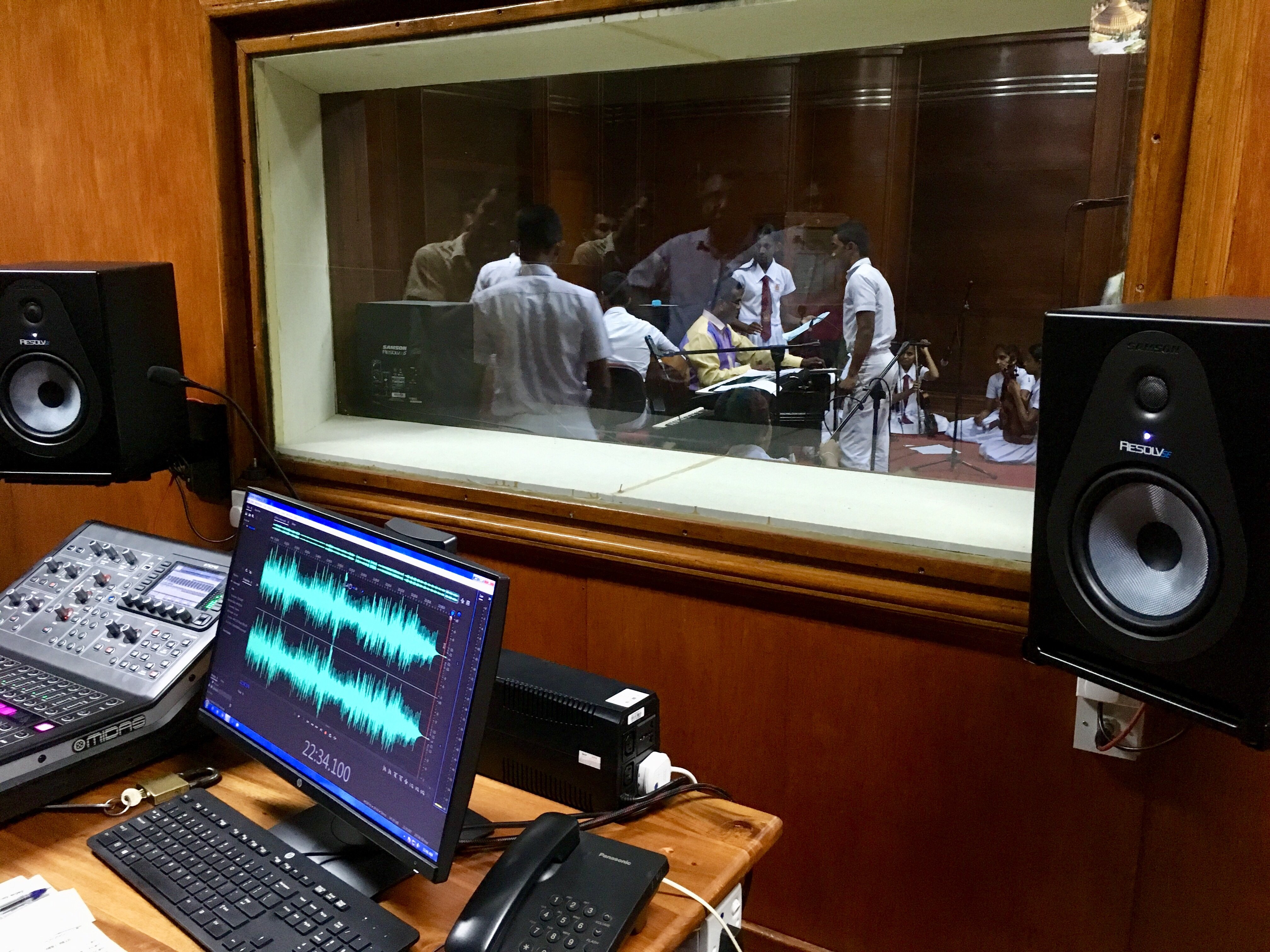
With the rapid evolution of the Internet and digital streaming, it might seem like the radio risks becoming a dodo. However, while it is no longer indispensable, radio is still very much alive in Sri Lanka. Many private and state-owned radio stations have mushroomed over the years, and DJs and radio personalities are still beloved public figures..
Some of the people we spoke to had mixed feelings about radio in the contemporary age. Fazli Sameer tells us that for him, Youtube has largely replaced it. “Radio was everything in the ‘60s, but I don’t listen to the FM radio anymore. We only listen to it in the car while driving,”he said.
Goonethilleke, on the other hand, strongly disagrees. “When the television came along, the popularity of the radio went down. But it can never become obsolete. When my wife is cooking, or doing housework, she takes the radio into the pantry and listens to music while she works. Or when we are travelling in the car, we listen to music. There is something about the radio that the television and mobile devices can’t replace.”
Sam Perera, who currently co-hosts the morning show on Lite87, believes that neither video nor the digital age can kill radio. “Today, radio in Sri Lanka is competitive and adaptive to new technology, embracing innovative new ways to engage and stay relevant,” she explains. “Radio is personal. It’s between you, the music and the RJ [Radio Jockey]. This intimacy is its magic.”
Cover Image Credit: vernoncorea.wordpress.com


